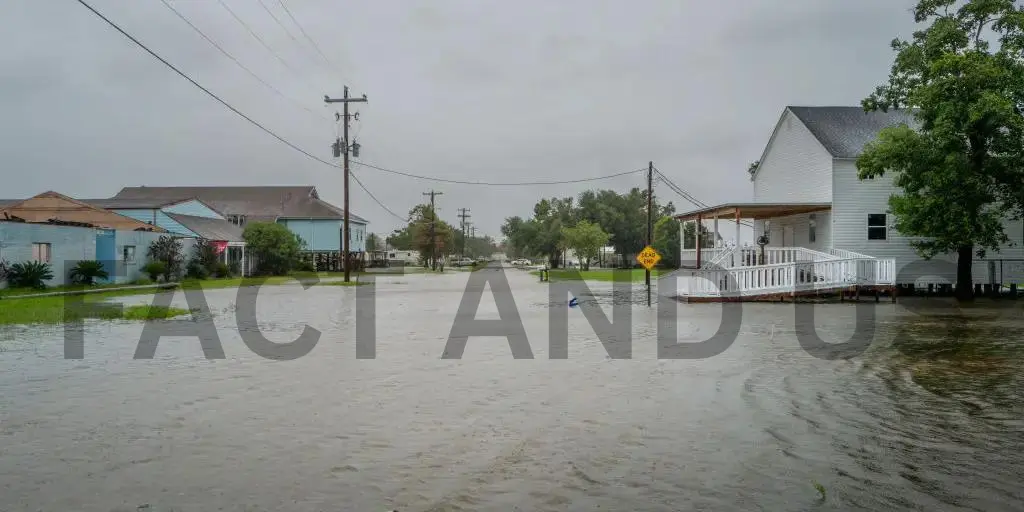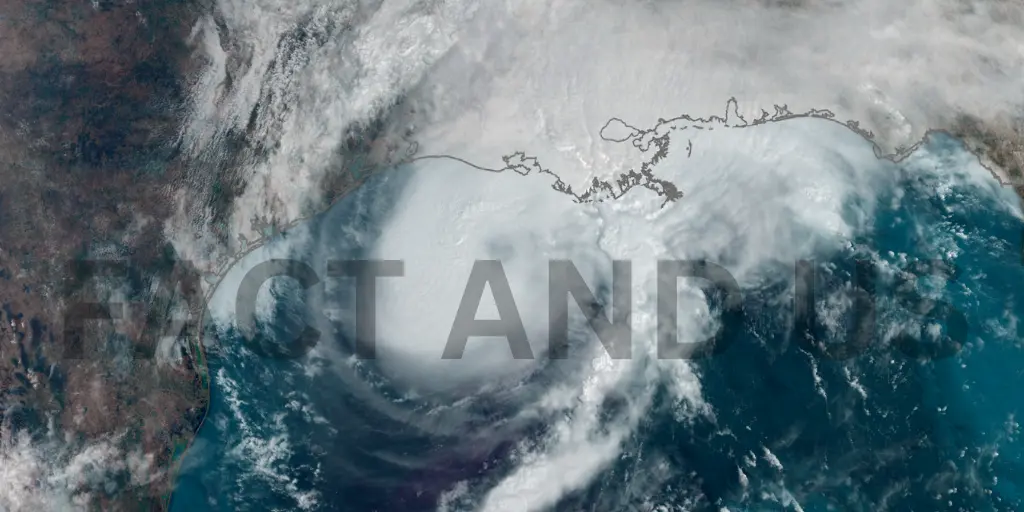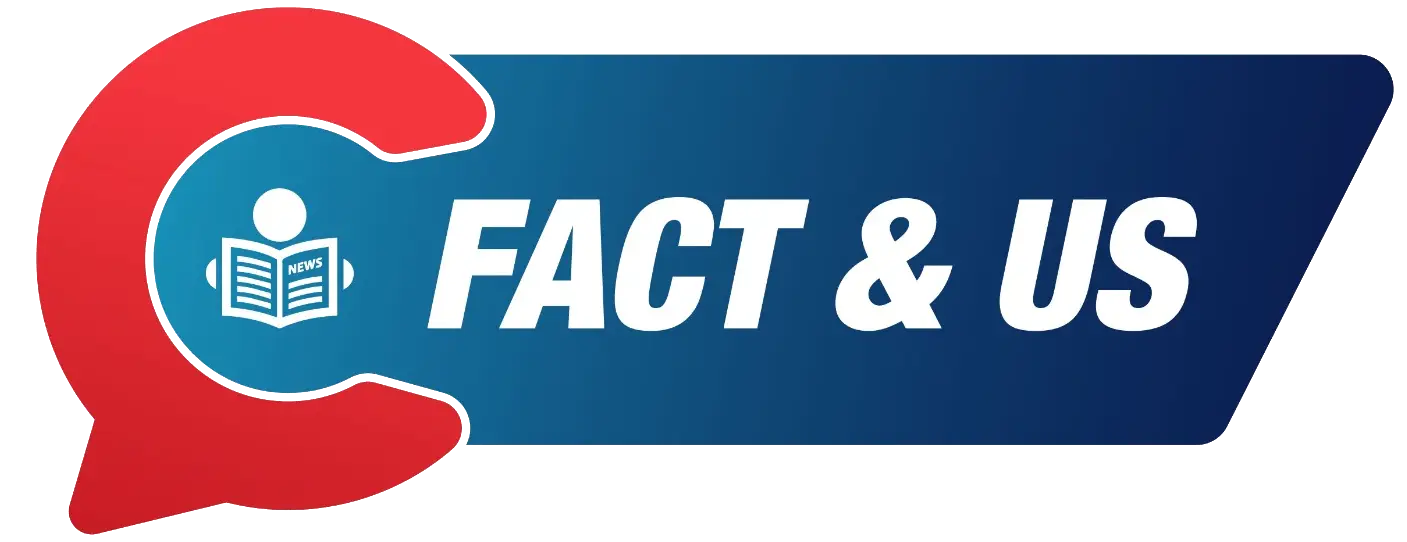Hurricane Francine is bringing hundreds of thousands without electricity, and worse still, the floods are catastrophic after pounding the Louisiana coast, now advancing inland. The hurricane made landfall in Morgan City as a Category 2 hurricane at 5:00 PM local time (11:00 PM GMT) on Wednesday, at a speed of 100 mph (155 km/h), according to the National Hurricane Center (NHC). It issued a flash flood emergency for New Orleans after 6 to 8 inches (15-20 cm) of rain fell.

Hurricane Francine Makes Landfall
Even though Francine has been downgraded to a tropical storm, it still packed winds of up to 70 mph as it passed northwest of New Orleans, the NHC reported late Wednesday. Both Louisiana and neighboring Mississippi declared states of emergency, urging residents to shelter in place and prepare for the storm.
Governor Jeff Landry urged state residents to “stay off the roads, stay home, and stay put” during a press briefing on Wednesday.
Expectations are that Francine will lose strength rapidly as it moves across the state. The storm is expected to bring 4-8 inches (10-20 cm) of rain, potential tornadoes, and damaging winds to much of central and eastern Louisiana. A storm update by PowerOutage.us reports that as of Wednesday night, over 330,000 homes and businesses in Louisiana are without power.


Governor John Bel Edwards of Louisiana issued a declaration of emergency before Hurricane Francine landed and encouraged residents to take necessary precautions and also follow evacuation orders made. “What matters to us right now is the safety and well-being of our people,” Governor Edwards said in a statement. “We will be putting out all available resources to respond appropriately to the threats that Hurricane Francine will bring.
Local authorities said that extensive power outages, flooding, and other forms of infrastructure damage have been reported in the areas where Francine made landfall. High winds had felled trees, damaged buildings, and flooded streets. Emergency services are still working night and day to address these issues and help those affected.

The National Weather Service has already issued multiple warnings for the region, including the flash flood watch and hurricane warnings. Researchers have instructed residents to stay indoors and avoid traveling unless absolutely necessary. Heavy rainfall may cause major floods in low-lying and coastal areas.
The majority of residents prearranged to evacuate in line with evacuation orders and received shelter in designed shelters. These shelters will be stocked with supplies and assisted by volunteers and emergency responders to support displaced residents by the storm. In addition, local authorities are coordinating rescue operations for residents who cannot evacuate.
The landfall that Hurricane Francine brought has reminded the state that the Gulf Coast is always vulnerable to extreme weather events. For the past few years, this region has seen a lineage of challenging storms, and the effects of Francine once again bring out the need to be prepared and resilient.

Attention will shift toward assessing the damage and beginning recovery efforts as the storm continues to push further inland. The full extent of the impact will materialize with daylight and ongoing assessments. Meanwhile, residents are advised to keep themselves updated through official channels and follow local authority guidance.
The response to the passage of Hurricane Francine demonstrates the strength and unity of affected communities. As they face challenges presented by the storm, they also display resilience and determination to rebuild themselves. The coming days are critical as recovery efforts intensify and support is rendered to all those in need.
For now, the immediate effects of the storm are monitored closely, while first priority goes to the safety and well-being of everyone in its path.
Stay connected with fact and us for more such news.
